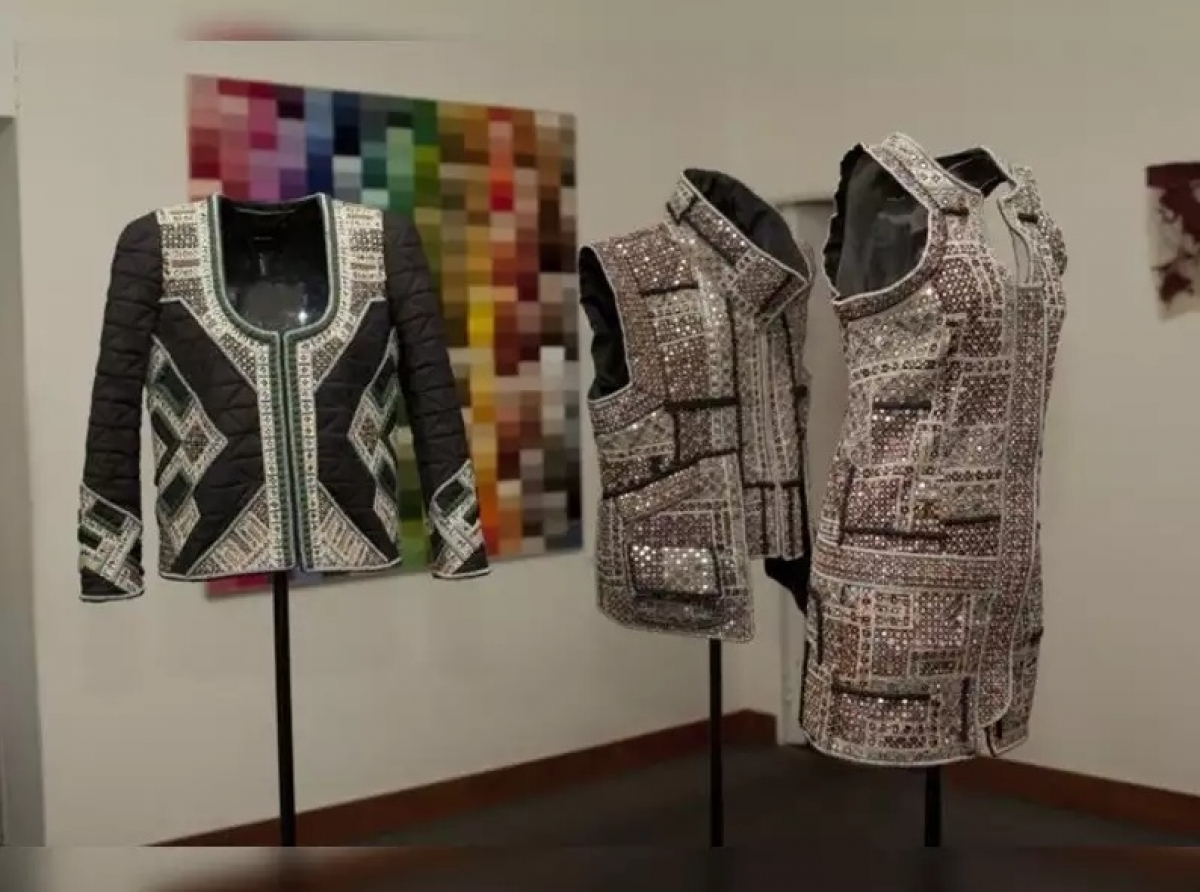Second wave mandates luxury brands to prioritize workers’ health

They had barely managed to emerge from the first COVID-19 wave when the second wave plunged Indian artisans into deep darkness once more. As orders vanished overnight, garments manufacturers, processing orders for big luxury houses in Europe, shut their factories due to lack of work. Day laborers, earlier paid a daily wage of around Rs 200-300, shifted to biscuit or plastic factories, or turned to farming, reports The Times of India.
Since 2013, the Indian luxury industry had been growing at a consistent rate of 18-20 per cent. A report by luxuryfacts.com estimates in 2014, the market touched $10 billion in value terms. Growth prospects were further boosted with majority of European luxury brands such as Dior, Chanel, Versace, etc, shifting production to India. Garment factories soon employed dozens of Indian artisans, who worked day and night to create handmade embroidery for the world’s most powerful fashion brands.
Lack of awareness lead to failure of Utthan Pact
To ensure the safety of these factories, a group of luxury houses launched an initiative named Utthan Pact in 2016. The pact aimed to uplift Indian art and embroidery by ensuring compliance by all involved parties. Formed with an initial timeline of three years, the pact was signed by global luxury group Kering, LVMH Louis Vuitton Moet Hennessey and British fashion houses Burberry and Mulberry.
A team of journalists from the The New York Times, who visited these factories a few years after signing of the pact, found lack of awareness about employment benefits or protection amongst workers. Factory owners did not invest in compliance standards due to additional costs. Workers were made work for unreasonable hours at unregulated facilities that failed to meet Indian factory safety laws. Also, brands would often squeeze payments for orders.
Safety first
With 80 per cent of units shut for the past one year due to the pandemic, these factories are currently in a huge financial mess. Even workshops that had planned to reopen are reconsidering their decision. Artisans are once again mired into darkness as they face an uncertain future. However, rather than worrying about future, the industry needs to focus on health and survival of these artisans. They need to ensure artisans get properly vaccinated first before they start re-indulging in their artistic qualities.
























